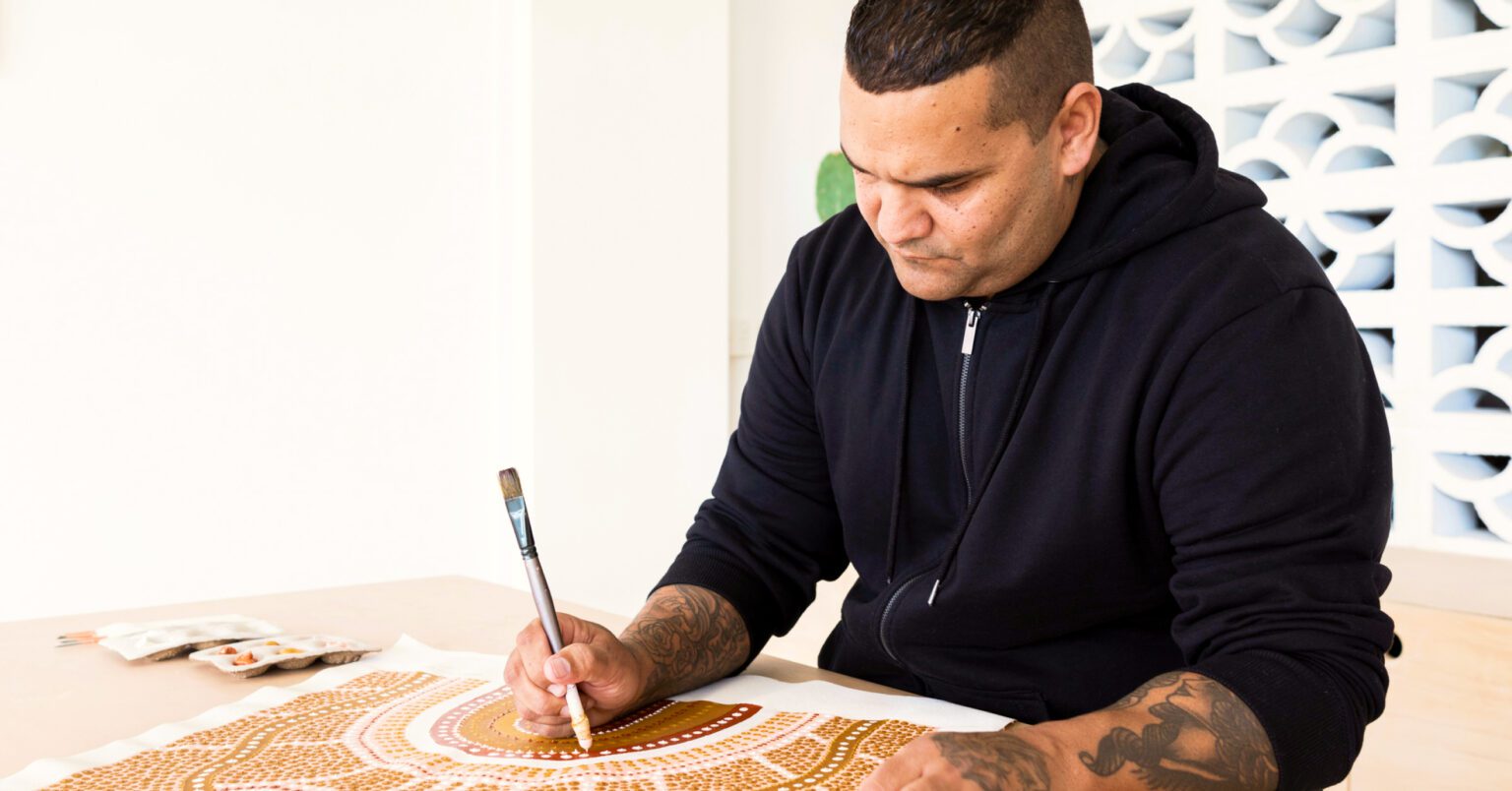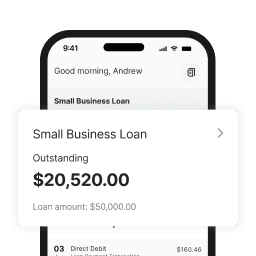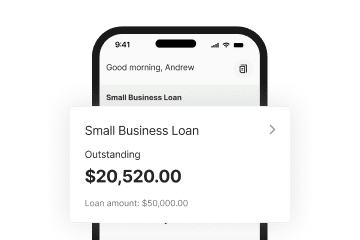At a glance
- The 2025 Federal Budget expands the Buy Australian campaign with new funding and updated procurement rules for small businesses
- Consumer interest in locally made products is growing with 91% of Australians wanting to see more Australian Made products
- Businesses don’t necessarily need Australian Made certification. They can benefit by making their local story visible in products, services or marketing
Australia’s long-running shop local movement just got a major policy push, and small businesses stand to benefit. With fresh funding for the Buy Australian campaign and new rules in the 2025 Federal Budget, there’s real opportunity for local businesses to get ahead.
It’s not just for manufacturers. From freelancers to tradies, small businesses of all kinds can tap into the momentum by positioning themselves as proudly local.
This article breaks down what the 2025 Budget means for the Buy Australian campaign, how it plays out in practice, and how small businesses can use it to build their brand and grow sales.
What’s in the 2025 Budget for the Buy Australian campaign
The 2025 Federal Budget brings new funding and procurement changes that give small businesses more ways to stand out and win work.
At the heart of the campaign is a $20 million commitment to encourage consumers to choose Australian-made products and services. For small businesses, that means more visibility and more customers looking to buy local. There’s also $5 million in funding to promote the Australian Made logo overseas, creating new opportunities in key export markets.
The government has also made changes to how it buys goods and services, giving smaller businesses a better chance of securing contracts. Updates include:
- Raising the SME exemption threshold from $200,000 to $500,000, allowing more direct contracts without competition from larger firms
- Increasing SME participation targets to 25% of contracts up to $1 billion, and 40% of contracts under $20 million
- Requiring at least one SME to be included in every tender through key government advisory panels
For the first time, there’s a clear definition of what qualifies as an Australian business under Commonwealth procurement rules. To be eligible, a business must be tax resident in Australia, have its principal place of business here, and be at least 50% Australian-owned or listed on an Australian stock exchange.
New definition of an Australian business
To qualify for Commonwealth procurement benefits, a business must have:
- 50% or more Australian ownership, or be principally traded on an Australian equities market
- Australian tax residency
- Principal place of business in Australia
Note: This definition applies to businesses seeking government contracts. It’s different from the criteria used to certify a product as Australian Made.
While these procurement updates create new opportunities on the government side, consumer demand for Australian Made products is also on the rise.
Why now is the time to show you’re Australian Made
According to Roy Morgan, consumer interest in locally made products is growing:
- 91% of Australians want to see more Australian Made products
- 89% are more likely to buy a product if they know it’s Australian Made
- 77% are willing to pay more for it
- Nearly 3 in 4 say they’ve been actively seeking out more Australian Made products over the past year
For many small businesses, aligning with what customers care about can open new doors. This small business pivot is a great example of what happens when timing, messaging and values line up.
How small businesses can show they’re proudly local
Using the Australian Made logo is one way to take advantage of the campaign’s momentum. If your products qualify, consider getting certified and incorporating the logo into your packaging, signage, or marketing. The increased funding behind the campaign means more national exposure, which can create a halo effect for participating businesses.
Even if you don’t sell physical products, or if your products don’t carry the Australian Made logo, there are still plenty of ways to benefit.
Retail and product-based businesses can be specific about what makes their products local. Instead of saying “we support local suppliers,” try: “All our packaging is sourced from a family-run manufacturer in Melbourne.”
SpotGo founder Brendan Walsh found that clearly highlighting his product’s Australian origins — including on-pack messaging — helped build trust with customers. That clarity played a key role in landing shelf space at Woolworths.
Hospitality businesses can bring their local story to life on menus, signage, and social media. Think: “We use only NSW-grown berries in our house-made jam.” These kinds of details build connections and don’t cost extra to include.
Service providers and professionals can also tap into the momentum. Highlight that your team is Australian-based, that you don’t outsource, or that you specialise in helping other local businesses grow.
My Sassy Business does this well with a simple line on their site: “All tasks are performed in-house, guaranteeing no outsourcing to other countries. Selecting an SEO service that has Australian insights and expertise is crucial for sustained success.” It’s clear, specific and speaks directly to what local clients value.
These cues don’t need to be loud or overdone, just visible. When customers can see what’s local about your business, it gives them a reason to choose you and a story they’re more likely to share.
Where to find support
If you’re looking to align your business with the Buy Australian campaign, there’s support available to help you get started and keep going.
Australian Made Campaign Ltd (AMCL) manages the Australian Made logo and certification program. Their website includes eligibility details, application steps, and promotional tools for businesses that meet the criteria.
To qualify, a product must be substantially made in Australia. This generally means that at least 50% of the production cost is incurred locally, and that the final significant manufacturing step takes place in Australia.
State and local governments often run their own Buy Local campaigns, grant programs, or supplier directories. These can be a useful starting point for businesses not ready for national certification or looking to build regional visibility.
Industry associations and business chambers are another useful source of advice and support, particularly when it comes to navigating procurement or positioning your business for government contracts.
You don’t need to do everything at once. Even small shifts, such as a message on your website, a more specific product label, or an application for a local supplier directory, can help connect you with customers who are actively looking to buy local.
Thinking about aligning your business with the Buy Australian campaign? A Prospa Line of Credit gives you flexible funding to support your next step.







